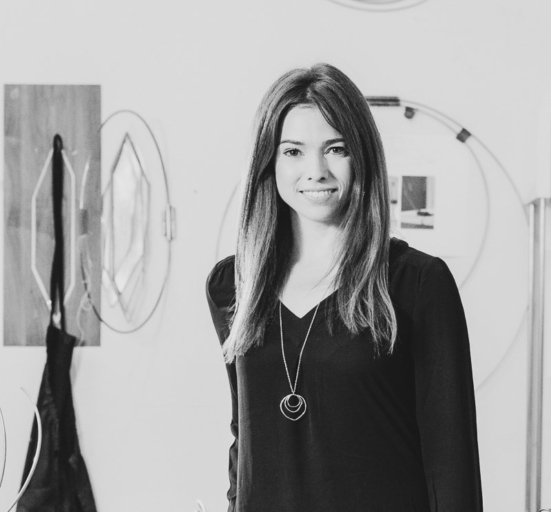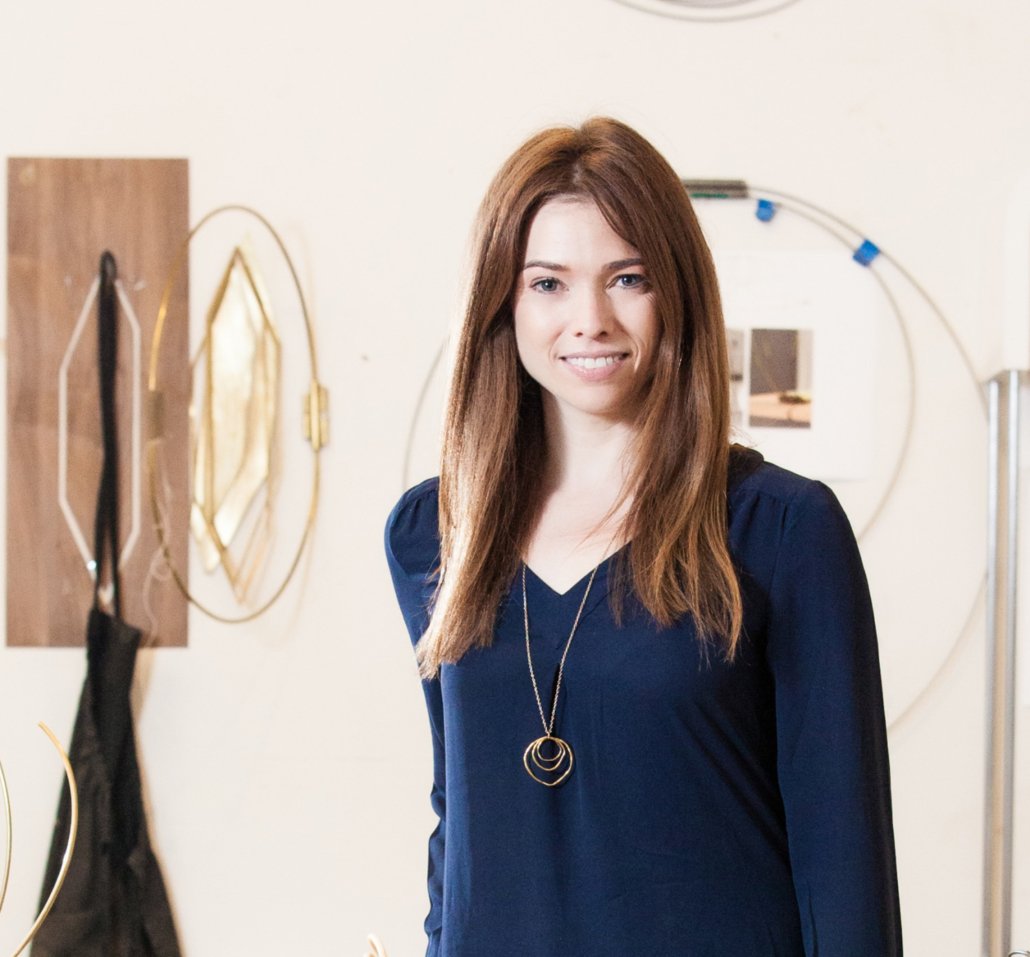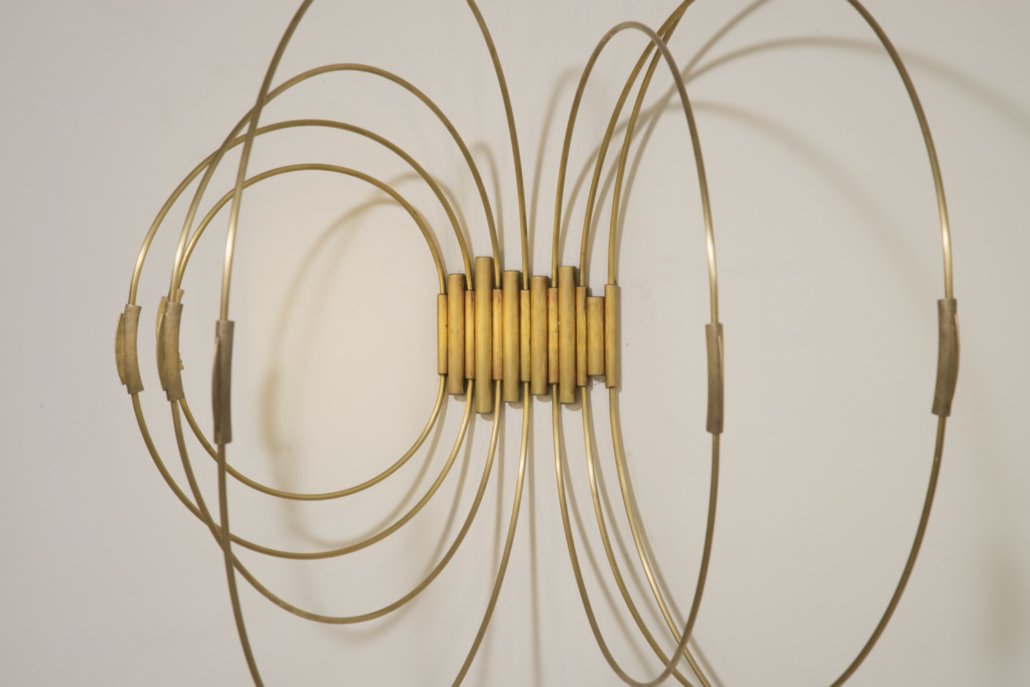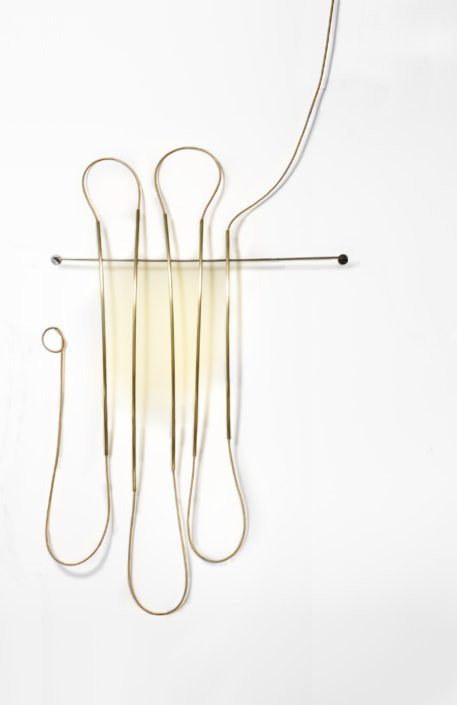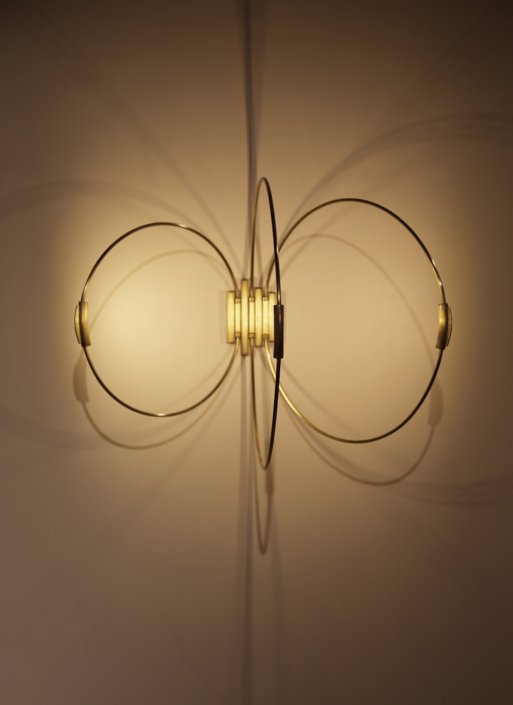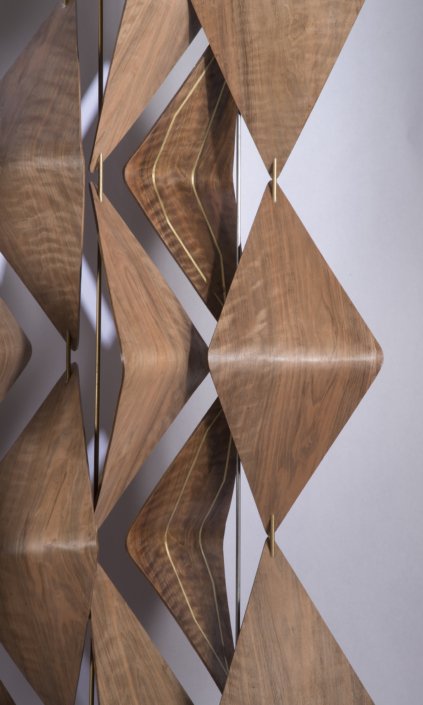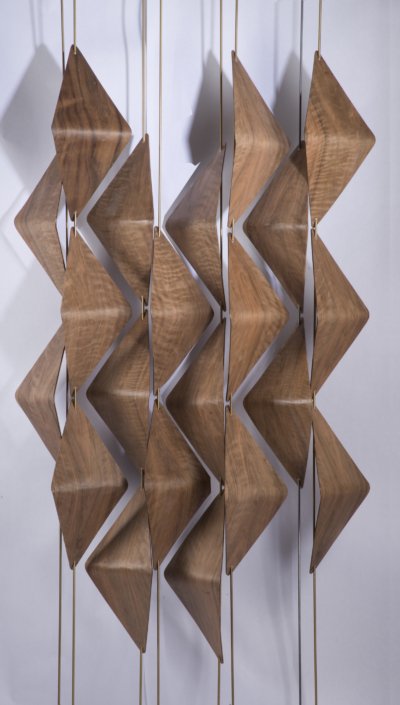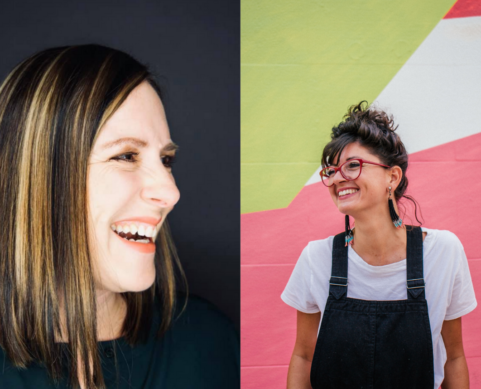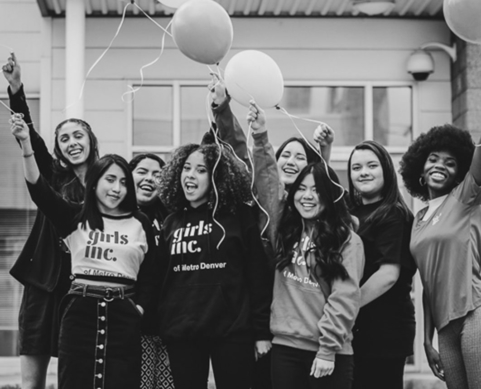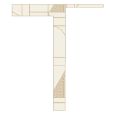Elish Warlop
“Seeing successful women, connecting with them, promoting each other…sometimes the inspiration is just the knowledge that it is possible.”
– Elish Warlop
Architecture. Construction Management. Jewelry. Furniture. Lighting. Elish Warlop is a make-her-own-rules kind of woman.
Elish Warlop’s design career has been one of exploration—the pull to create forever nudging her towards new materials, scales, industries, and technologies. Having started out as a licensed architect, Warlop was trained to examine the interaction between people and their surroundings.
Her want to understand the whole of project development (from concept to completion) soon shifted her architectural career to include construction management, propelling her into new roles: LEED consultant, site supervisor, interior designer, etc. In late 2007, equipped with a trailer and a pink hardhat, Elish launched EFW construction.
Elish now describes this period as…almost right. While her design/make knowledge continued to expand, so did her desire to delve deeper. In 2011, craving more creative freedom and exploration, she decided to pursue an MFA in furniture design from the prestigious Rhode Island School of Design.
The Next Chapter
After graduation in 2013, Elish—who now specializes in innovative lighting and furniture design—launched Elish Warlop Design Studio. In 2014, her Ring of Fire light fixture was featured in and won the inaugural WantedDesign Launch Pad Exhibit, an exhibit held during NYCxDesign in conjunction with the International Contemporary Furniture Fair (ICFF). The award precipitated her relationship with Design Within Reach which licensed the fixture for production.
Her work has since been featured in Interior Design, Luxe Magazine, Architectural Digest and the Utah Museum of Modern Art. She will also be a part of “Design by Women,” an upcoming exhibition at the Museum of Art and Design in Miami.
The Work
Elish’s work addresses notions of scale, repetition and engagement—employing these themes to both foster intrigue and reveal how the whole is connected to the parts. The resulting pieces possess a sense of quiet elegance that belies their complexity. Across lighting, furniture and jewelry; her work is permeated by ideals of wonder and inquiry. Extensive experimentation, model making, and prototyping capacitate each completed design.
TARRA sat down with Elish to discuss her journey, her insights, and her work.
Q: Describe the moment you decided to become a designer.
I have loved art and design for as far back as I can remember. Leaving architecture and construction for furniture and object design felt less like a departure and more like an expansion of what I already loved. Designing furniture and lighting has given me the opportunity to work at a different scale, having a more intimate and personal connection with design process.
Q: If you were handed any project in the world, what would it be?
Create a line of lighting for Moroso!
Q: What is the inspiration behind your most recent project/creation/object?
My last pieces was based on the work of Korean artist, Kim Tschang-Yeul. He has a series of water droplets on handmade paper, and I was intrigued by the way the light collected in the droplet and refracted into the shadows. I began experimenting with magnifying glasses, and found the more imperfections in the glass, the more complex the refractions became. I then worked with a local glass blower to play with a series of different ways to bend and change the light, that eventually lead to the collection “Magnify”.
Q: Walk me through your creative process.
My creative process is about finding inspiration and then transforming it through research and experimentation. I am often drawn to the connections that join disparate objects together—in fashion, in jewelry, and in architecture. Working with my hands, I model at a small scale, experimenting with shape, form, and materials. Then I transform that object in scale, experimenting with materials and processes to find the final form. If successful, the object or idea reflects this process, while still holding onto the life and spirit of those initial models.
Q: What design rule do you love to break?
Rules are a guideline and a process to critique my work. The final results vary, but good work should feel like it is shifting, bending, or expanding the rules, illuminating the author’s unique vision. I think it should feel like a departure, no matter how small, for us to continue to explore.
Q: What technology in your industry do you totally geek out on?
The fast pace development of LED technology allows for a unique collaboration between designer and engineer, and gives us a freedom to integrate technology that was not available before.
Q: How has being a woman in your industry/career been challenging and what have you learned from it?
It is an exciting time to be a woman in design, I see us coming together and finding ways to work together and promote one another. I think women can be unnecessarily hard on themselves, which undercuts their success. Seeing successful women, connecting with them, promoting each other…sometimes the inspiration is just the knowledge that it is possible.
Q: What is the one piece of advice you would give to young women who are just getting started?
Don’t walk out of shop class.
